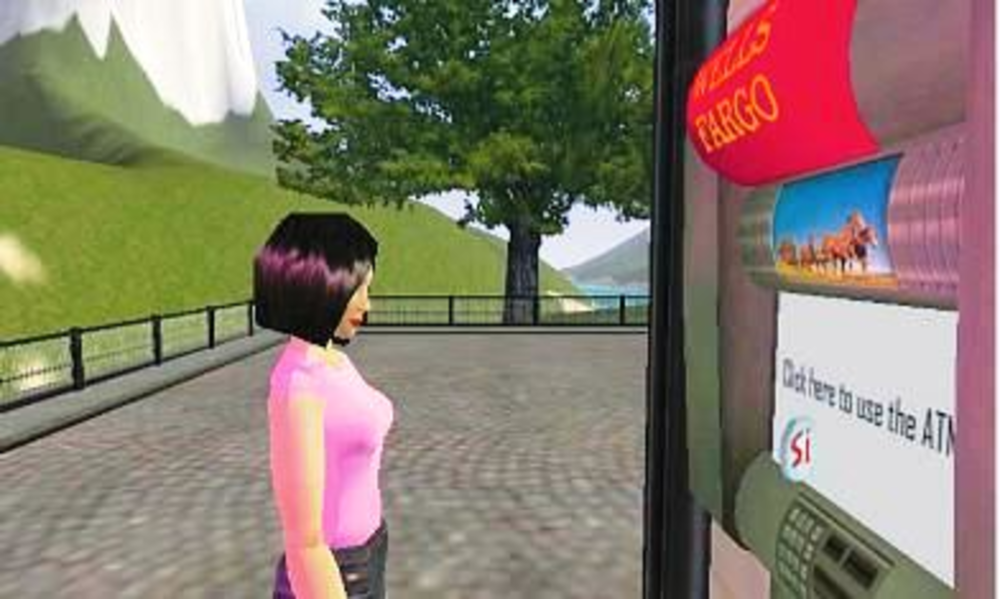If you don’t think virtual worlds can mirror reality, imagine losing your cool new virtual car because you haven’t made your virtual payments.
That’s the idea behind on Stagecoach Island, a private virtual world created by financial services company Wells Fargo to teach basic financial skills to the age 14-24 demographic.
In deciding several years ago to become one of the first major financial institutions to leverage virtual communities, Wells Fargo opted against participating in an already established virtual world such as Second Life.
“We wanted to stay focused on our mission to provide financial education and we decided the best way to do that while protecting our brand is to build our own island,” said Gina Fung, VP of experiential marketing at Wells Fargo. “Young adults find themselves facing a lot of firsts, and we felt Stagecoach Island could give them hands-on practice in financial responsibility in an entertaining and safe format.”
Now in its third year, Stagecoach Island remains very popular in part because Wells Fargo keeps the in-world branding to a minimum. “We didn’t want to shout Wells Fargo, so the only place you’ll see our logo is on the virtual ATMs,” Fung explained. “But surprisingly, the users have gone out and created their own branded Wells Fargo banks, so we’ve learned they’re embracing the fact that this is all sponsored by us.”
The company recently launched a new version of the virtual island with improvements based on consumer feedback.
Wells Fargo uses multiple channels to drive awareness of Stagecoach Island, including email, in-store events and social networking sites such as MySpace. Fung stresses the goal of Stagecoach Island is branding/consumer education and not necessarily to capture names of potential customers or deliver targeted messages.
Erik Hauser, founder/creative director of San Francisco-based Swivel Media, worked with Wells Fargo to create Stagecoach Island and notes that private virtual worlds can be very versatile marketing vehicles. In Wells Fargo case, he says, the goal is to fill a real need for financial education.
Other companies are leveraging traditional direct marketing tools such as contests into their virtual worlds. “The people who come to these virtual worlds are more than willing to provide information because they don’t feel they’re being marketed to,” Hauser adds.
“You also have to clearly define what your objective is in order to know what your ROI is going to be,” he says.
He also cautioned that companies should only explore the space if they feel they can “bring some real value” to their target audience.








